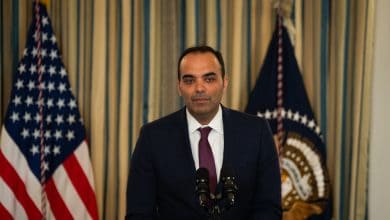Planning to Combine Business and Leisure Travel? You’re Not Alone.

On a Sunday in late January, Melinda Buchmann, who lives in Florida and supervises client relations for RevShoppe, a 30-person remote company advising organizations on sales techniques and strategies, arrived in Banff, Alberta, to help set up a four-day company meeting.
The last day of the event, her husband, Josh, a director of strategic partnerships for the delivery company DoorDash, who also works remotely, joined her. They spent two leisurely days hiking in Banff National Park and visiting Lake Louise.
“I take advantage, because I don’t know when I’m going to return,” Ms. Buchmann said of the decision to combine downtime with a business trip.
As postpandemic work life has changed, and arrangements now include full-time office attendance as well as hybrid and remote work, so, too, has business travel. The phenomenon known as bleisure, or blended business and leisure travel, was initially embraced largely by digital nomads. But such combined travel is now also popular with people outside that group. Allied Market Research, a subsidiary of Allied Analytics, based in Portland, Ore., estimated that the bleisure travel market was $315.3 billion in 2022 and would reach $731.4 billion by 2032.
As employees increasingly add leisure time to their business trips, companies are struggling to determine where their legal obligation to protect employees from harm — their so-called duty of care — begins and ends. And workers may think that because their trip started with business, they will get all the help they need if something goes wrong on the leisure end. Instead, they should generally consider the leisure part of a trip as a regular vacation where they cover all expenses and contingencies.
Companies are responsible for knowing where their employees are during a business trip, covering expenses if an accident or emergency occurs, securing new lodging if a hotel is damaged, even swapping out a broken down rental car. Still, it’s not entirely clear if that coverage ends completely after the conference or the last client meeting.




